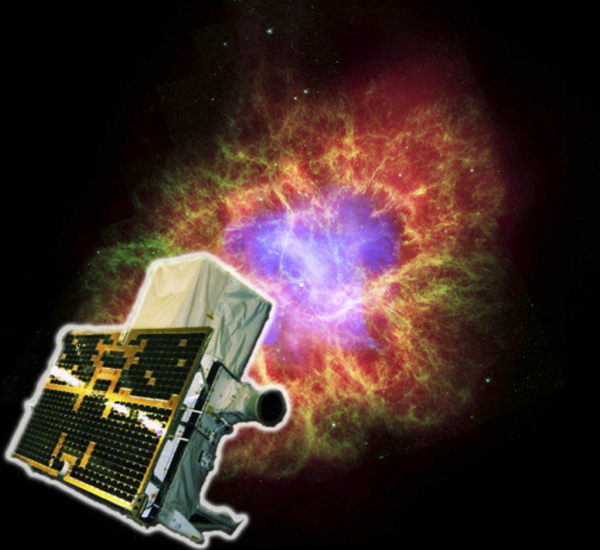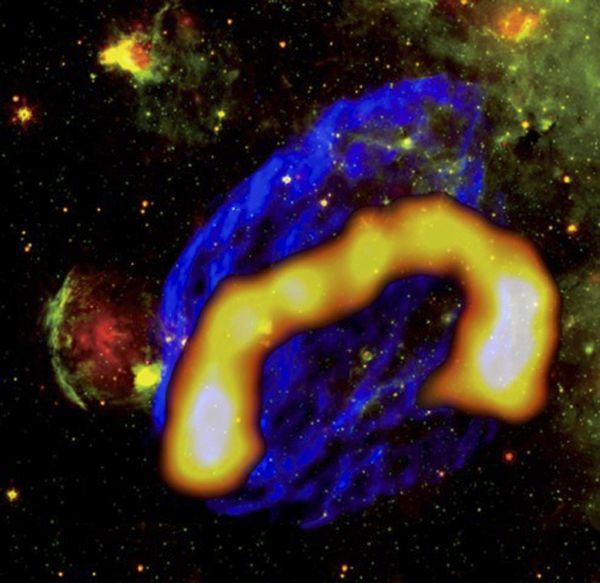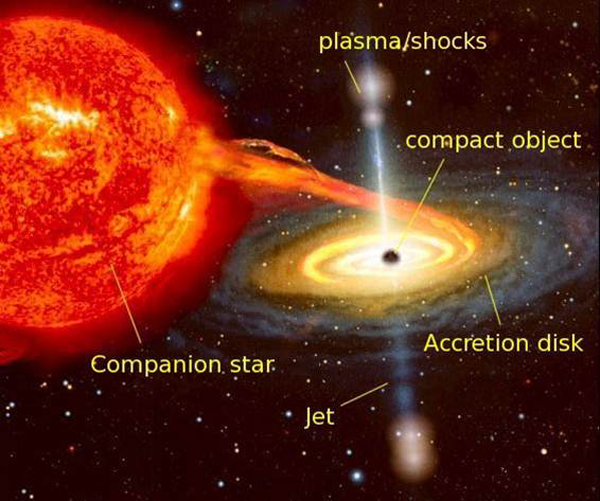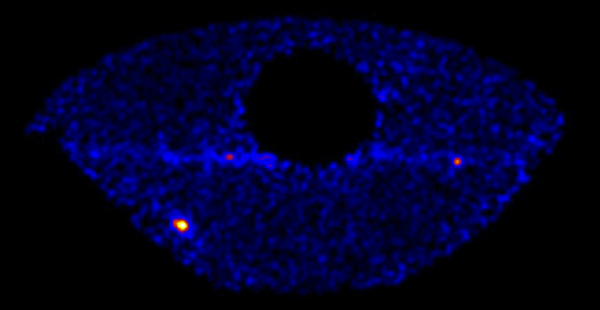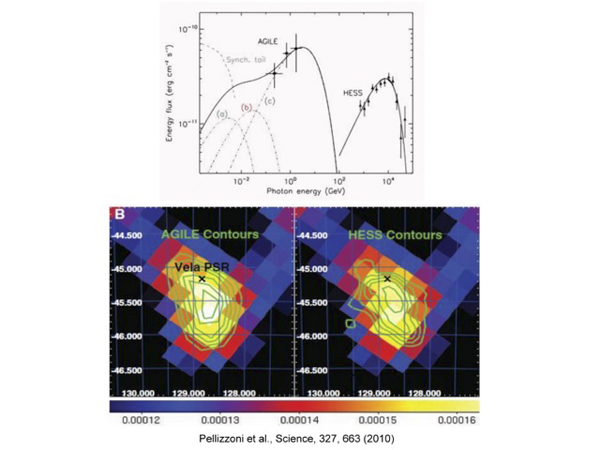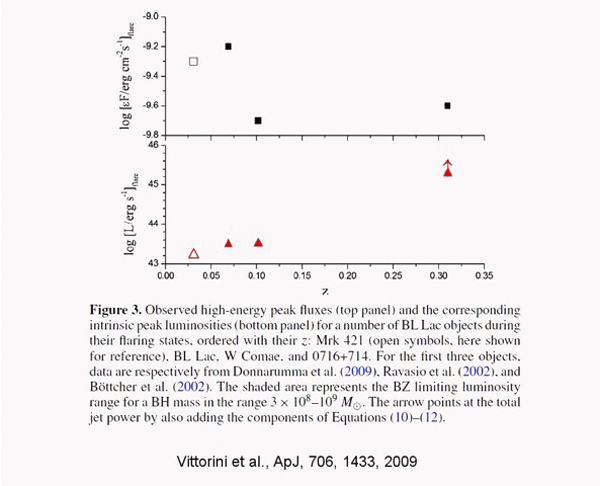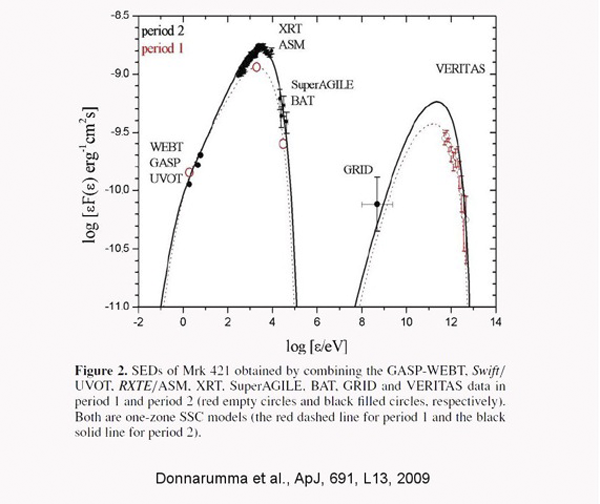AGILE discovery that the archetypical source of gamma-ray astrophysics is not constant. Very rapid and intense gamma-ray flares from the inner Nebula driven by plasma instabilities. Theoretical particle acceleration models challenged and to be drastically revised. Consequences and broad applications in plasma physics experiments and theoretical studies of particle acceleration.
Category Archives: Topscience
Resolving the problem of the origin of cosmic-rays
Discovery of gamma-ray emission from the black hole system Cygnus X-3
Discovery of TGF emission up to very high energies (100 MeV)
Discovery of gamma-ray emission up to 100 MeV from terrestrial flashes associated with intense thunderstorms. Evidence for accelerating potentials larger than 100 MegaVolt. Theoretical models of acceleration in lightning discharges to be drastically revised. Significant impacts for atmospheric physics and climate studies.
The supermassive black hole 3C 454.3
Soft gamma-ray pulsars (PSR 1509-58 and others)
The fastest gamma-ray alert monitoring system of the world
The overall gamma-ray alert monitoring system of AGILE is compound by two independent pipelines that process the data with different data quality results. The INAF/IASF Bologna pipeline processes the data in the fastest possible way, loosing the tail of the data acquired during an AGILE orbit but it generates alert within 1.5-2 hours from the time of the last GRID event acquired in orbit. The ASDC pipeline is more accurate because all events are considered during the analysis but the alerts are generated 3-3.5 hours after. Due also to this ground segment architecture the 2012 Bruno Rossi Prize of the American Astronomical Society has been awarded to Marco Tavani, AGILE Principal Investigator, and his team for the discovery of gamma-ray flares from the Crab Nebula.
